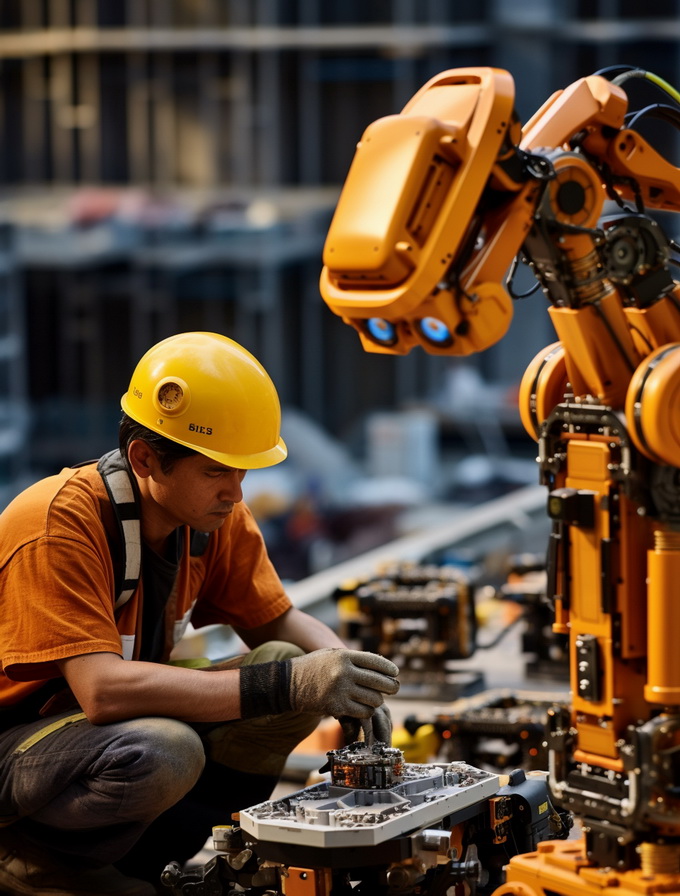In the era of Industry 4.0, the landscape of manufacturing and industrial operations is undergoing a seismic shift. Central to this transformation is the integration of telemetry into industrial automation systems. Telemetry, the automated collection and transmission of data from remote sources, is driving efficiency, accuracy, and productivity to unprecedented levels. This article explores how telemetry is revolutionizing the industry, the benefits it offers, and the future it promises.
Understanding Telemetry in Industrial Automation
Telemetry involves the use of sensors, instruments, and communication technologies to monitor and transmit data from equipment and processes. In industrial automation, this means real-time data collection on parameters such as temperature, pressure, flow rates, and machine performance. This data is then transmitted to centralized systems for analysis and decision-making.
Key Benefits of Telemetry in Industrial Automation
1. Enhanced Operational Efficiency
- Real-Time Monitoring: Telemetry allows for continuous monitoring of industrial processes. Operators can receive instant updates on the status of equipment and processes, enabling quick adjustments and minimizing downtime.
- Predictive Maintenance: By analyzing telemetry data, predictive maintenance schedules can be established. This means potential issues are identified and addressed before they lead to equipment failure, reducing unplanned downtime and maintenance costs.
2. Improved Accuracy and Quality Control
- Precision Monitoring: Telemetry ensures that process parameters are maintained within precise limits. This is crucial for maintaining product quality and consistency, especially in industries such as pharmaceuticals and food processing.
- Automated Quality Checks: Integration with automation systems allows for automated quality checks based on telemetry data, reducing the risk of human error and ensuring compliance with industry standards.
3. Cost Savings
- Energy Efficiency: Telemetry can monitor and optimize energy usage across industrial operations, leading to significant cost savings. By identifying areas of energy wastage, companies can implement energy-saving measures.
- Resource Management: Efficient use of raw materials and resources is another advantage. Telemetry data helps in optimizing resource allocation, reducing waste, and cutting costs.
4. Enhanced Safety and Compliance
- Risk Mitigation: Continuous monitoring of hazardous processes ensures that any deviations from safe operating conditions are detected and addressed promptly, reducing the risk of accidents.
- Regulatory Compliance: Telemetry systems can automatically generate compliance reports, ensuring that operations meet regulatory requirements without the need for extensive manual documentation.
Real-World Applications of Telemetry in Industrial Automation
1. Manufacturing
- In manufacturing, telemetry is used to monitor and control assembly lines, robotic systems, and production machinery. This leads to streamlined operations, reduced waste, and improved product quality.
2. Oil and Gas
- Telemetry plays a crucial role in monitoring drilling operations, pipeline integrity, and refinery processes. It enhances safety, optimizes production, and ensures regulatory compliance in this high-risk industry.
3. Utilities
- In the utilities sector, telemetry systems monitor the performance of power plants, water treatment facilities, and distribution networks. This ensures reliable service delivery and efficient resource management.
4. Agriculture
- Precision agriculture relies heavily on telemetry to monitor soil conditions, crop health, and irrigation systems. This data-driven approach maximizes yield and reduces resource consumption.
The Future of Telemetry in Industrial Automation
The future of telemetry in industrial automation is bright, driven by advancements in technologies such as the Internet of Things (IoT), artificial intelligence (AI), and machine learning. These technologies are set to further enhance the capabilities of telemetry systems, enabling even more sophisticated data analysis and automation.
1. IoT Integration
- The integration of IoT devices with telemetry systems will enable more comprehensive data collection from a wider range of sources. This will lead to more accurate monitoring and control of industrial processes.
2. AI and Machine Learning
- AI and machine learning algorithms can analyze telemetry data to identify patterns and predict future trends. This will enable even more proactive maintenance, optimization of operations, and improved decision-making.
Modern Industrial Automation
- Edge computing will allow for data processing closer to the source of data collection. This reduces latency and enables real-time decision-making, further enhancing the efficiency of industrial automation systems.
Conclusion
Telemetry is at the heart of the ongoing revolution in industrial automation. Its ability to provide real-time data, enhance operational efficiency, improve accuracy, and ensure safety is transforming industries across the board. As technology continues to advance, the role of telemetry in industrial automation will only grow, driving further innovation and excellence in industrial operations. Embracing this technology is not just an option but a necessity for industries aiming to stay competitive in the modern era.




